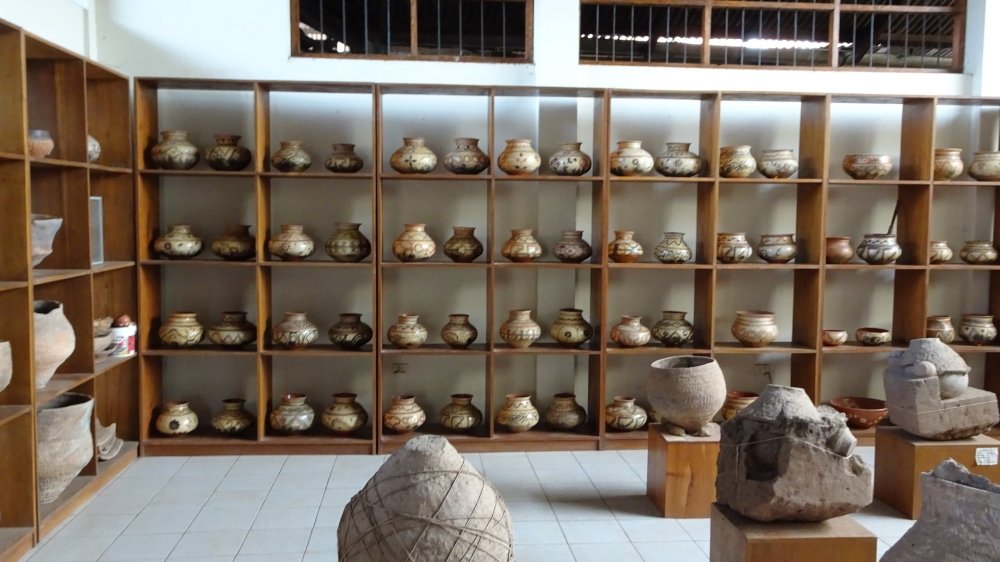Archaeological Site of Chazuta | San Martin

Location
Archaeological Site of Chazuta | San Martin is located in the region of San Martin, Peru. It is known for its petroglyphs and archaeological remains dating back to pre-Columbian times. These petroglyphs consist of rock engravings representing human figures, animals and geometric symbols, providing insights into the ancient cultures that inhabited the area. The site is important both historically and culturally, and is a destination of interest for those seeking to explore the archeological past of the Peruvian jungle.
Description
It is notable for its petroglyphs, which are stone engravings made by ancient civilizations. These petroglyphs depict a variety of stylized human figures, local animals such as jaguars and birds, as well as geometric and abstract symbols.
Located in the high jungle of northeastern Peru, near rivers and mountains, the site suggests a significant strategic and cultural importance for pre-Columbian communities. The petroglyphs offer insights into religious beliefs, daily activities such as hunting and fishing, and possibly ritual ceremonies.
The preservation of these petroglyphs is crucial to better understand the history and cultural development of the region. In addition, the site is a tourist and cultural attraction, drawing visitors interested in exploring Peru’s ancient history and the cultural diversity of the Amazon region.
History
has a rich and diverse history dating back to pre-Columbian times. This place is known for its petroglyphs, which are stone engravings created by ancient civilizations that inhabited the area. These petroglyphs depict human figures, animals and geometric symbols, offering a fascinating window into the beliefs, cosmology and activities of these ancient cultures.
The history of the Chazuta Archaeological Site is an integral part of the archaeological legacy of the Peruvian jungle. These vestiges are testimonies of the daily life, religious practices and social interactions of the ancient inhabitants of the region. The preservation and study of these petroglyphs are fundamental to better understand the cultural evolution and development of pre-Columbian civilizations in this part of South America.
The site also plays an important role in promoting archaeological and cultural tourism in the San Martin region, attracting visitors interested in exploring and learning about Peru’s ancient history.
Characteristics
- Petroglyphs: It is known for its petroglyphs, which are engravings in stone made by the ancient civilizations that inhabited the area. These petroglyphs represent human figures, local animals such as jaguars and birds, as well as geometric and abstract symbols.
- Strategic location: The site is located in the San Martin region, in the high jungle of northeastern Peru. The strategic location near rivers and mountains suggests that it may have been an important place for ancient communities in terms of trade, rituals or defense.
- Culture and society: The petroglyphs offer insights into the beliefs, cosmology, daily activities and rituals of the pre-Columbian cultures that inhabited the region. This includes representations of religious ceremonies, agricultural activities, hunting and fishing, among other aspects of daily life.
- Preservation and study: The preservation of petroglyphs is crucial to better understand the history and cultural development of the region. The archeological study of these vestiges helps to reconstruct the early history of civilizations in the Peruvian jungle and their interaction with other groups in the region.
- Tourist and cultural interest: The archeological site is a destination of interest for cultural and archeological tourism in San Martin, attracting visitors interested in exploring and learning about Peru’s ancient history and the region’s rich cultural diversity.












